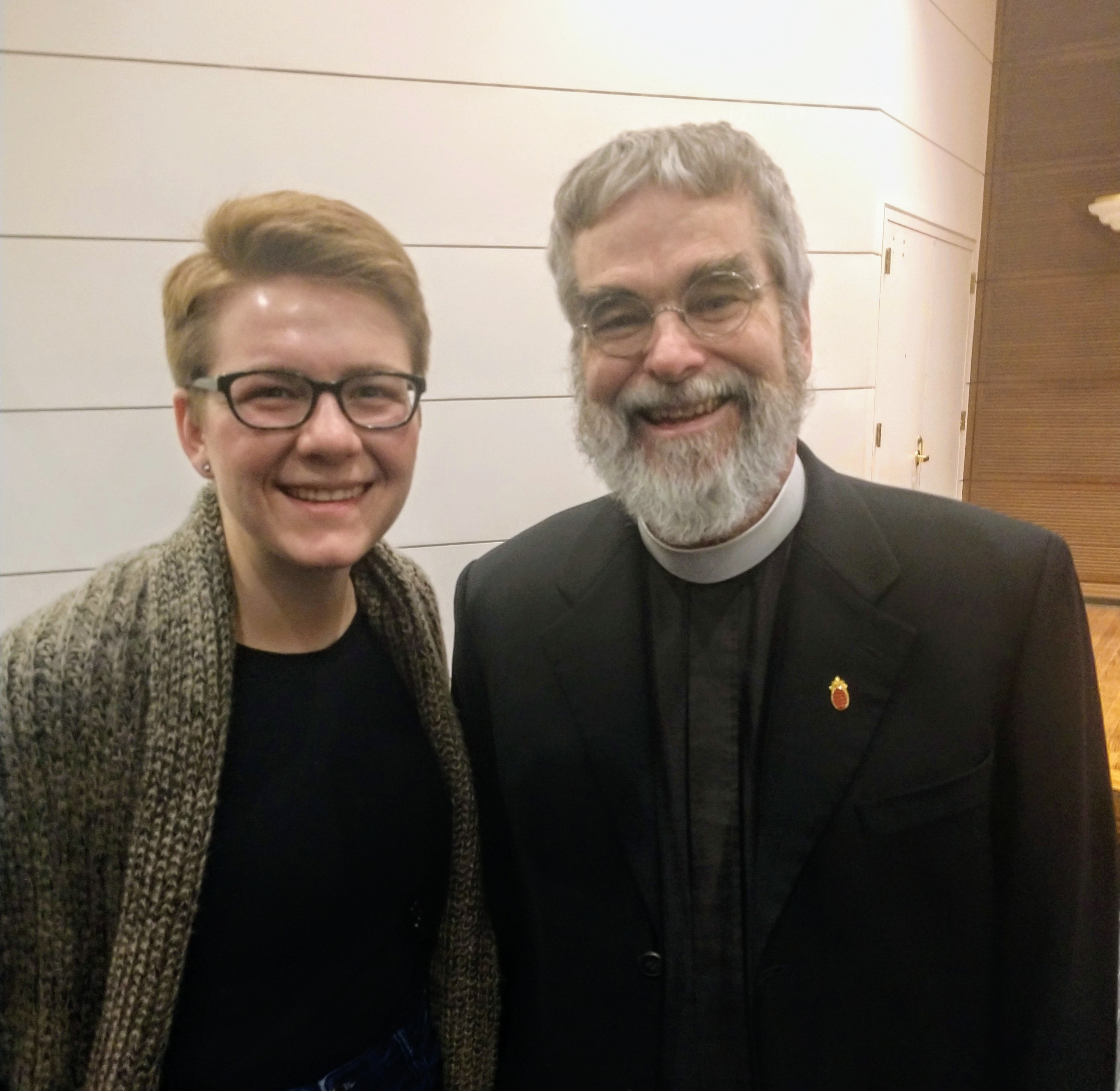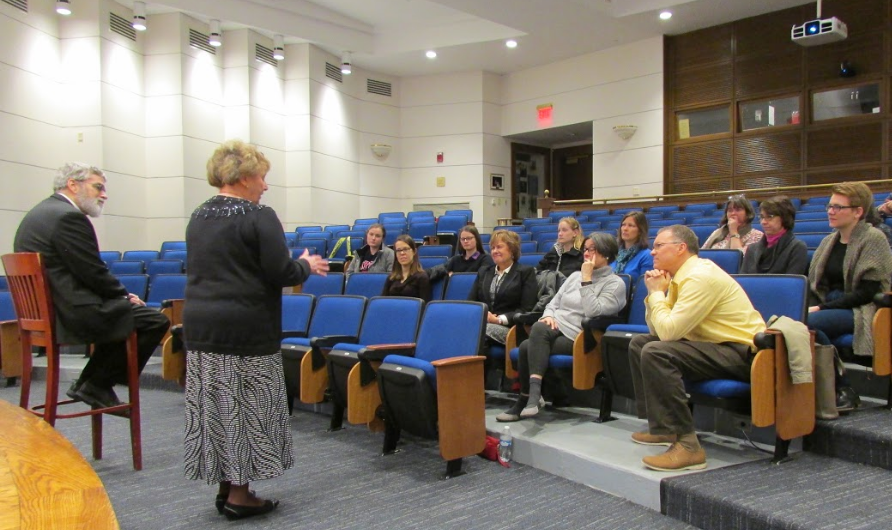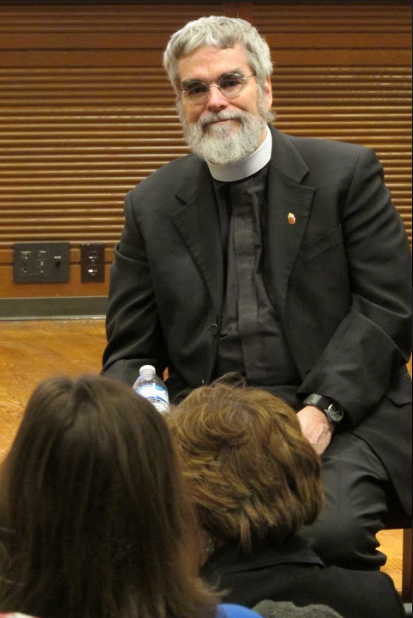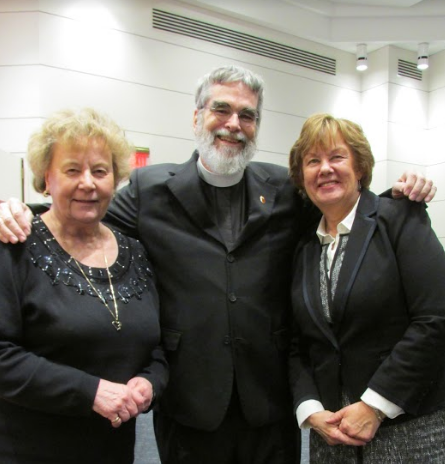Center for Catholic Education at UD

4 Takeaways for Teachers From Brother Guy's Visit
By Lindsey Bronder
On February 27 and 28th the stars aligned for Brother Guy Consolmagno to visit the University of Dayton. Brother Guy is a Jesuit brother from the U.S. who now serves as the Director of the Vatican Observatory. As a future religion teacher interested in STREAM, I have found Brother Guy’s work to be inspiring as a great example of how religion and science can go hand in hand rather than as competing ideologies. I wanted to share some of my takeaways from the special session on February 28 where educators and catechists had the opportunity to dialogue with Brother Guy.
“I have no idea what they’re talking about regarding a conflict between faith and science.”
Brother Guy opened the conversation with educators and catechists with this admission. He went on to describe how while he was in school there was no concept of this conflict and that it originated from the culture wars that started in the 1970s. He encouraged the
He gave the example of how many Catholics give conflicting answers regarding their understanding

“Science isn’t about what we know, but about learning what we don’t know. Religion isn’t about what we know, but about learning more about God.”
Brother Guy explained how there is no distinction between scientific truth and religious truth, citing St. Thomas Aquinas’ claim that ‘truth is
Brother Guy also emphasized the importance of not teaching students scientific knowledge as absolute ‘facts,’ since science is not truth but rather a really good description of truth. An activity to help students make this distinction is to have them compare an old science textbook with their current textbook to see how different science was back then from now. Then have students compare an old edition of the Bible with a more recent one to see how very little has changed. What’s the difference between the Bibles and the textbooks? A textbook contains what we consider ‘facts’ and the Bible contains stories

“If you’re a religion teacher, talk about science. If you’re a science teacher, talk about religion.”
- 1. Fr. Georges Lemaitre who was a Catholic astronomer known as the ‘Father of the Big Bang’ for his theoretical work on the expansion of the universe, which was later confirmed by Edwin Hubble.
- 2. St. Hildegard of Bingen who is a Doctor of the Church. She is known for her work as a writer, mystic, German Benedictine abbess as well as her work
cataloguing herbs and medicines. - 3.
Galileo Galileo who may be a surprise on this list. Although he went through the Inquisition for his findings that the planets revolve around the sun and not the Earth, he still remained a good Catholic and had a strong faith before, during, and after his trial.
While these are who Brother Guy considers the most important, there are many others like Andre-Marie Ampere whom ‘amp’ as well as Alessandro Volta whom ‘volt’ are named after. An activity that Brother Guy recommends is for students to individually investigate and then report on a Catholic scientist of their choosing.
“Confidence and joy.”
Brother Guy shared a lot of great wisdom on how teachers can teach science and religion as going hand in hand. I think his greatest insight was his succinct response to the question “What do you think kids of the next generation need to be people of faith in society?”: “Confidence and joy.”

Susan Ferguson and the Center for Catholic Education would like to thank Brother Guy for coming to UD and for sharing his wisdom and answering questions at the conversation session with educators and catechists. Thank you also to all who attended and contributed their voice.
